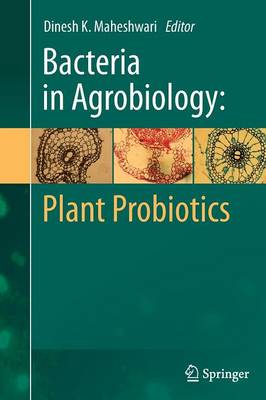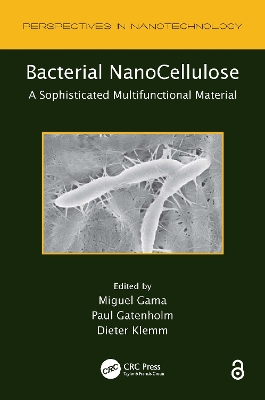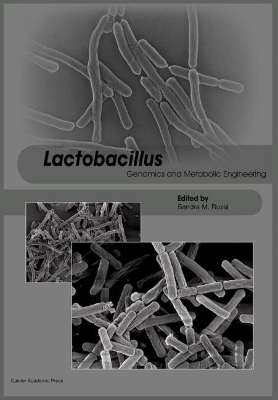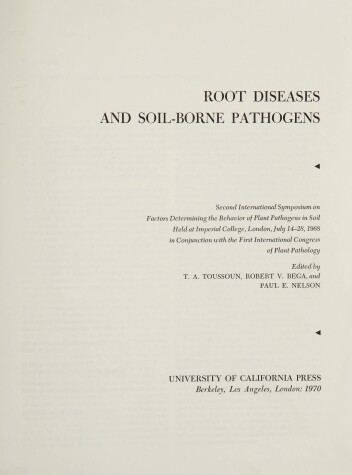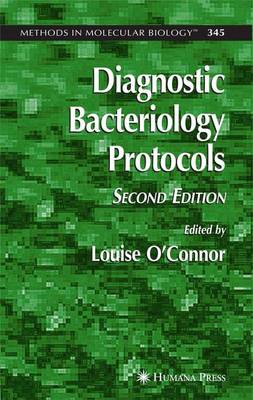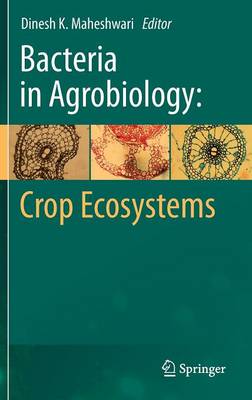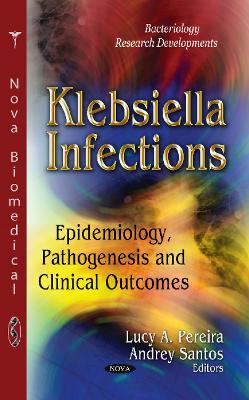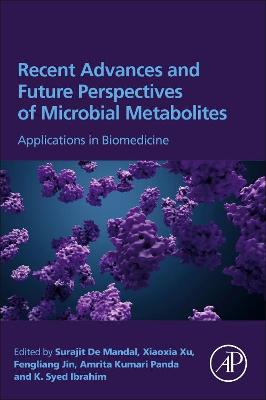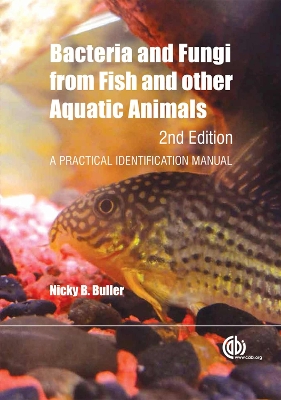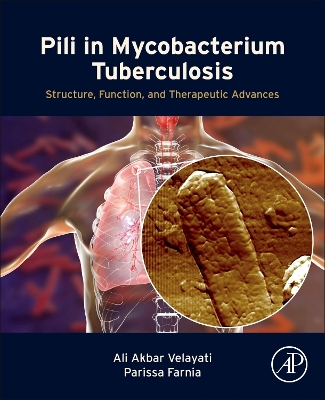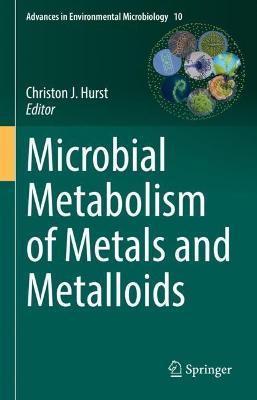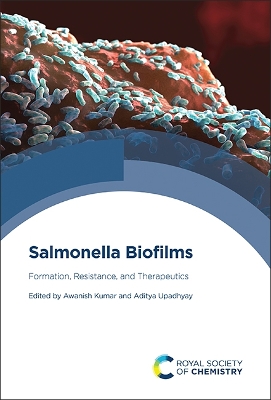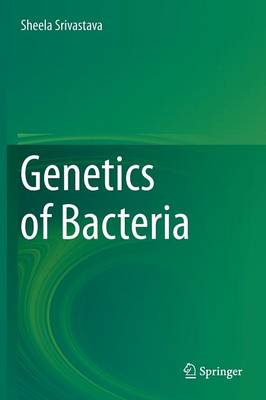Molecular Biology of Bacteria
Molecular Biology Of Bacteria
Bakteriologie Serologie Und Sterilisation Im Apothekenbetriebe
by Conrad Stich
Bacteria in Agrobiology: Plant Probiotics
The future of agriculture strongly depends on our ability to enhance productivity without sacrificing long-term production potential. An ecologically and economically sustainable strategy is the application of microorganisms, such as the diverse bacterial species of plant growth promoting bacteria (PGPB). The use of these bio-resources for the enhancement of crop productivity is gaining worldwide importance. "Bacteria in Agrobiology: Plant Probiotics" discusses the current trends and future pr...
Bacterial NanoCellulose (Perspectives in Nanotechnology)
Bacterial nanocellulose (BNC) is an emerging nanomaterial with unique properties produced by several species of ubiquitous fermentation bacteria, most importantly Gluconacetobacter xylinus, previously known as Acetobacter xylinum. BNC has been used for a variety of commercial applications including textiles, cosmetics, and food products, and it has a high potential for medical applications. Bacterial NanoCellulose: A Sophisticated Multifunctional Material provides the state of the art of scien...
The Genus Yersinia (Advances in Experimental Medicine and Biology, #529)
For the eighth time the yersiniologists all over the world gathered together when the International Symposium on Yersinia was organized by University of Turku and Turku Microbiology Society in Turku, Finland. Over 250 delegates from 28 countries attended the Symposium. The Symposium logo (Picture 4, next page) presents a bacteriophage attached to the surface of the bacterium. One can easily imagine that most of the aspects covered in this Symposium are included in the logo: the bacteriophage gen...
Lactobacillus Genomics and Metabolic Engineering
Root Diseases and Soil-borne Pathogens
Natural Antimicrobial Agents (Sustainable Development and Biodiversity, #19)
Documenting the latest research in the field of different pathogenic organisms, this book presents the current scenario about promising antimicrobials in the following areas: Part I. Plants as source of antibacterials, Part II. Naturally occurring antifungal natural products, Part III. Antiparasitic natural products, Part IV. Antiviral natural products. Renowned scientists from the globe have been selected as authors to contribute chapters. Use of plants for various ailments is as old as human c...
Diagnostic Bacteriology Protocols (Methods in Molecular Biology, #345)
The field of bacterial diagnostics has seen unprecedented advances in recent years. The increased need for accurate detection and identification of bacteria in human, animal, food, and environmental samples has fueled the development of new techniques. The field has seen extensive research aided by the information from bacterial genome sequencing projects. Although traditional methods of bacterial detection and identification remain in use in laboratories around the world, there is now a growing...
Bacteria in Agrobiology: Crop Ecosystems
The future of agriculture strongly depends on our ability to enhance productivity without sacrificing long-term production potential. An ecologically and economically sustainable strategy is the application of microorganisms, such as the diverse bacterial species of plant growth promoting bacteria (PGPB). The use of these bio-resources for the enhancement of crop productivity is gaining worldwide importance. Bacteria in Agrobiology: Crop Ecosystems describes the beneficial role of plant growth...
Klebsiella Infections
Bacteria belonging to the genus Klebsiella have a dual role in human pathophysiology. Some of the strains are potent opportunistic pathogens capable of causing severe illnesses, whereas a majority of the klebsiellas belong to our normal flora, particularly in our alimentary tract. In this book, the authors present current research in the study of the epidemiology, pathogenesis and clinical outcomes of klebsiella infections. Topics discussed include interactions of klebsiella sp. with other intes...
Recent Advances and Future Perspectives of Microbial Metabolites
Recent Advances and Future Perspectives of Microbial Metabolites: Applications in Biomedicine sheds new light on various applications of microbial metabolites in the biomedical sector. The purpose of this book is to integrate the latest research advancements on the application of microbial metabolites in the medical industry into a single platform. In 10 chapters, the significance of biomedical applications and future therapeutic applications of microbial metabolites in human health are high...
Advances in Microbial Physiology: Advances in Bacterial Electron Transport Systems and Their Regulation, the latest volume in the Advances in Microbial Physiology series, continues the long tradition of topical and important reviews in microbiology, with this latest volume focusing on the advances in bacterial electron transport systems and their regulation.
Bacteriophages, Part A (Advances in Virus Research)
This volume, the first of a two-part series, covers topics including historical, ecological and evolutionary considerations, genomics and molecular biology, and interaction of phages with their hosts.
This practical book provides an updated resource for the identification of bacteria found in animals inhabiting the aquatic environment, illustrated with colour photos. It contains expanded biochemical identification tables to include newly identified pathogenic and saprophytic bacteria, molecular identification tests now available for a greater number of aquatic bacterial pathogens, more information on the pathogenesis and virulence of each organism and new coverage of traditional and molecular...
Bakteriosen Der Kulturpflanzen (Wissenschaftliche Taschenbucher, #146)
by Dieter Spaar
Pili in Mycobacterium Tuberculosis: Structure, Function, and Therapeutic Advances discusses the types of pili produced by the tuberculosis-causing bacterium, Mycobacterium tuberculosis (MTB). The book examines the structure of pili shown under electron and atomic force microscopy and, by using whole genome sequencing, outlines the importance of pili in MTB. It also explores the role of pili in bacteria–host interactions and in drug development and delivery. The book provides an overview of the...
Microbial Metabolism of Metals and Metalloids (Advances in Environmental Microbiology, #10)
This book explains the metabolic processes by which microbes obtain and control the intracellular availability of their required metal and metalloid ions. The book also describes how intracellular concentrations of unwanted metal and metalloid ions successfully are limited. Its authors additionally provide information about the ways that microbes derive metabolic energy by changing the charge states of metal and metalloid ions. Part one of this book provides an introduction to microbes, metals...
Salmonella Biofilms
Up to 80% of chronic and recurrent human bacterial infections are caused by bacterial biofilms, which are extremely hard to cure. Salmonella is an especially interesting pathogen because of its ability to cause diseases through a variety of mechanisms and form complex communities in biofilms. Due to the difficulty of treatment, investigation of alternatives to conventional antibiotics is an important direction of research in combating biofilm formation including natural products, nanoparticles,...
Described as the earliest, simplest life forms, with unlimited metabolic versatility, bacteria are ideally suited to answer some very fundamental questions on life and its processes. They have been employed in almost all fields of biological studies, including Genetics. The whole edifice of science of Genetics centers around three processes: the generation, expression, and transmission of biological variation, and bacteria offer immediate advantages in studying all the three aspects of heredity....


